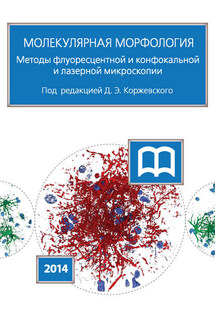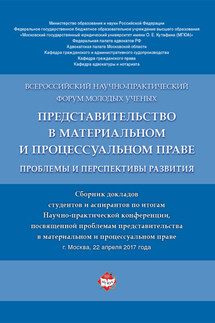Молодежь о проблемах изучения иностранных языков в современном мире - страница 10
Some kinesic behavior may carry distinctly different meanings in more than one culture. In such cases, all parties recognize the gesture, but interpret it differently. During George Bush's visit to Australia while he was president, he held up two fingers in a V sign. In both countries the symbol is widely understood, but in the United States the "V" emblem is a sign of good will, victory, and solidarity, while in Australia it carries a lewd, sexual meaning.
Haptics or touching behavior also reflects cultural values. In a generally nonhaptic society such as Japan, touching another person in a business setting even with a handshake is traditionally considered foreign. While those Japanese familiar with U.S. handshaking may adapt to its use, one can expect that such cultural compromise would not easily extend to so haptic a response as a pat on the back.
Oculesics or the use of eye contact also varies significantly depending on the culture involved. In several cultures, for example, it is considered disrespectful to prolong eye contact with those who are older or of higher status. In many cultures, it is considered improper for women to look men in the eye. By contrast, in the United States, studies have shown that eye contact has less to do with age or rank than with a person's credibility or sense of belonging. While fairly steady eye contact in the United States may indicate the listener's interest and attentiveness, intense eye contact may prove disconcerting.
Finally, proxemics or how far apart people stand when speaking or how far apart they sit in meetings carries significant information to people who share the same culture. Personal space is also culturally determined. In the United States, for instance, people tend to feel most comfortable in business settings when speaking at approximately arm's length apart from each other.
In many Latin American, southern European, central African and Middle Eastern cultures, however, a comfortable conversational distance would be much closer.
CREATION OF MYTHS IN MASS MEDIA
УДК 070.16:659.441.8=111
KOVALEVA N., SHAKIRJANOV I.
Ufa State University of Economics and Service (Ufa)
Today mass media are one of the main channels of obtaining information on which views, outlook, population stereotypes depend. Mass media are one of the most influential institutes participating in formation of public consciousness.
Among methods which are used by mass media for influence on consciousness of society it is possible to allocate funds of emotional influence (sensational nature, media violence, an intimidation method), change of the communicative and substantial party of information (distortion, information concealment, manipulation over time and a place of its giving, mystification), linguistic receptions (fragmentation, simplification, repetition, a metaforization, etc.). One of the most effective methods is a mythologization – purposeful introduction in public consciousness of socio-political myths – illusory model of reality. The myth in modern society carries out a number of functions:
• Completion of shortage of knowledge in need of an explanation of the unclear phenomena of political life, also it carries out also other functions:
• Orientation to the values broadcast by the myth,
• Association of individuals in society,









